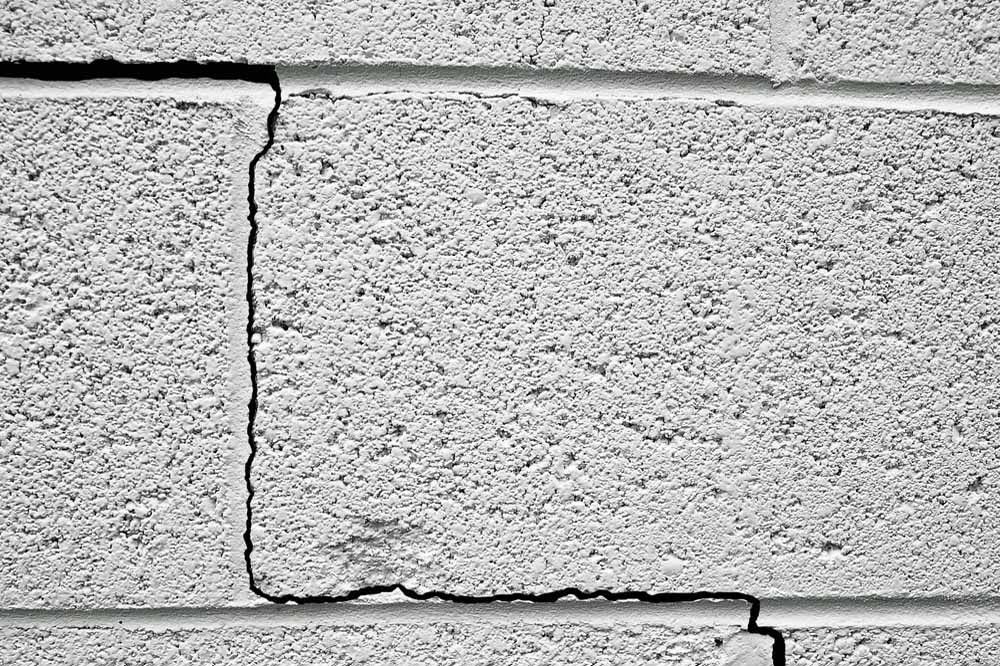Subsidence Brisbane – Will It Affect Your Home?
Building and pest inspectors are urging home buyers to be wary of subsidence issues in Brisbane suburbs causing devastation to homeowners.
Imagine walking out your back door to find a giant sinkhole developing in your yard! Perhaps your home is cracking and crumbling before your eyes with unexplained moisture seeping through walls?
This is a reality for homeowners across Brisbane who have fallen victim to Brisbane’s subsidence issues. Subsidence can be devastating to homeowners not only causing emotional distress, but significant financial cost.
Don’t let subsidence turn your dream home turn into a living nightmare. Invest in a building and pest inspection before you buy to protect you and your family and ensure your home isn’t at risk.
If you are planning to purchase in one of Brisbane’s known danger areas for subsidence, only a good local building inspector with an intimate knowledge of the area can provide you with a reliable and trusted report of the property.
What is subsidence?
In simple terms, subsidence is the downward movement of the land supporting a property or building structure. When the level of movement changes in one area of the structure, cracks and structural interference will occur.
Subsidence can result from soil compressing due to the weight of the structure, or swelling and contracting from rising levels of moisture. Reactive soils and ground foundations can cause differing levels of movement in homes.
Brisbane suburbs at risk of subsidence
Thousands of subsidence investigations have taken place across Brisbane in recent years. The majority of these have resulted from mining subsidence and issues arising from the development of the Airport Link Tunnel, which opened in 2012.
Mining subsidence Collingwood Park
For Collingwood Park residents, mining subsidence is a real and devastating issue. Built on decommissioned coal mines, Collingwood Park residents are no stranger to sinking ground and cracks appearing in their walls. In some extreme cases, mining subsidence in Collingwood Park has given families no choice but to evacuate, while others have taken legal action.
The Queensland Government has investigated the land under Collingwood Park and enacted legislation offering assistance to Collingwood Park home owners who have fallen victim to mining subsidence.
Tunnel subsidence Brisbane
The development of the Airport Link tunnel in the northern suburbs of Brisbane has proven a nightmare for residents in suburbs from Kedron to Wooloowin. Homeowners claim the tunnel has caused devastating sinkholes in their property and costly structural damage.
Property owners in areas such as Wooloowin have lodged claims reaching millions of dollars to cover repairs believed to be caused by land subsidence and vibrations from the tunnels.
Signs of subsidence
Cracks in your walls are the most obvious sign of structural damage resulting from subsidence. Be sure to look for cracks both internally and externally. Cracks in brick walls in the exterior of your home are a warning sign of structural damage from subsidence.
Note that not all cracks are serious, but it does pay to keep an eye on cracks in your home which could be an indicator of something more sinister. Windows and doors that stick can also be a result of movement in the structure of the home.
When you are inspecting a home, take note of leaking drains near the property which can cause the soil and ground to wash away. Anything that causes abnormal moisture conditions should ring alarm bells.
Get to know your neighbours
If you are interested in buying in an area with known subsidence issues, why not talk to your potential new neighbours to learn about their experiences? Talking to people who have lived in the area you’re interested in will equip you with valuable information that can help inform your decision. Be sure to look for signs of subsidence in your neighbours’ homes if you’re invited in!
What your building inspector will look for
A qualified building inspector knows exactly what to look for when it comes to subsidence.
During a pre-purchase inspection, a building inspector will determine whether the cracks you noticed during your initial inspection are serious or not. They will make a judgement on whether they are cosmetic hairline cracks or are cause for greater concern. Your building and pest inspector will look for bulges in walls and signs of expansion, warping and swelling in the structure.
The inspector will also ensure the slab, footings and structure are built to Australian codes and standards.
Your experienced building inspector will look for tell-tale signs of subsidence in your house interior, especially bathroom, kitchen and laundry areas, the house exterior, garage, decking, pergola or veranda, and underfloor.
Technical equipment, such as moisture metres, will help your building inspector uncover any structural issues and signs of subsidence. Following the inspection, you will receive a detailed report to equip you with the information you need to either proceed with the sale or make a counter-offer based on results.
As a property buyer, it is in your best interests to invest in a building and pest inspector before you buy. You cannot rely on the vendor to give you an accurate appraisal on the condition of the home. Protect yourself and your investment with a pre-purchase building and pest inspection.
Preventing subsidence
In areas such as Collingwood Park and Wooloowin, subsidence issues are a known risk. If you are concerned about your potential new buy in Collingwood Park or areas along the Airport Link Tunnel, contact your local building and pest inspector or council to discuss your concerns and get advice.
For those buying in suburbs without a known history of subsidence issues, the following will help prevent subsidence affecting your property:
- Ensure your property has appropriate drainage. Water should not pool or flood around your property. All water should be directed away from your property. Make note of areas that flood during heavy rainfall.
- Ensure your neighbours’ drainage doesn’t cause issues for your property.
- Do not plant gardens in the soil adjacent to your house. This can change the moisture conditions near your house foundations and cause subsidence issues for your Brisbane home.

